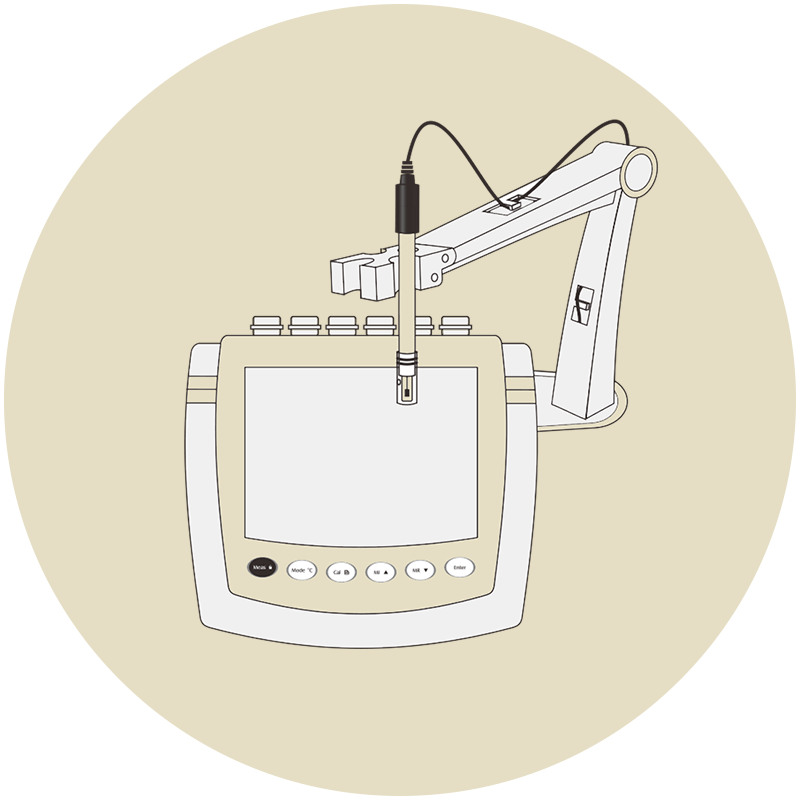pH ölçüm cihazlarının kullanımındaki yaygın zorlukları anlayın ve bunlara çözüm bulun
pH ölçümü çeşitli bilimsel ve endüstriyel işlemlerde çok önemlidir, but often suffers from misunderstandings and technical challenges. This paper discusses the common problems in the use of PH meters, and analyzes the misunderstandings in temperature compensation, slope interpretation, electrode storage and calibration. By addressing these areas, we aim to improve the accuracy and reliability of pH measurements in different applications. In fields ranging from beer brewing to chemical manufacturing, pH accuracy is critical. Despite technological advances, users often face operational challenges and misunderstandings that can skew results. The purpose of this article is to reveal common problems and guide users to achieve more reliable and accurate pH measurement.

1. Misunderstanding of temperature compensation
A widespread misconception is the role of temperature compensation in pH meters. Users often assume that this function corrects the pH of the sample based on temperature changes. Fakat, temperature compensation only adjusts the electrode’s response to temperature changes, not the pH of the sample. This distinction is crucial for accurate measurements, especially if the sample temperature fluctuates significantly.
2. Interpretation of slope value
Kalibrasyondan sonra, the pH meter displays a slope value that reflects the condition of the electrode. A common mistake is to think that the higher the slope, the better. Aslında, a slope above or below a specific threshold indicates a possible problem, such as deterioration of the buffer solution or degradation of the electrode. Understanding and correctly interpreting these values is essential to maintaining measurement accuracy.
pH ölçüm cihazlarının kullanımındaki yaygın zorlukları anlayın ve bunlara çözüm bulun
3. Electrode storage and maintenance
Electrode maintenance, often overlooked, has a profound impact on the accuracy of a pH meter. A typical mistake is to store the electrodes in distilled water, which can lead to slower reaction times and inaccurate readings. Proper storage should use specialized storage solutions to maintain the hydration and function of the electrodes, thereby extending their service life and reliability.
4. Calibration challenges
Calibration is the key to accurate pH measurement. Problems often encountered by users include the use of expired or contaminated buffer solutions, resulting in incorrect slope values. Ek olarak, based on the accuracy required for a particular application, understanding the need for single or multi-point calibration is critical to achieving reliable results.
pH ölçüm cihazlarının kullanımındaki yaygın zorlukları anlayın ve bunlara çözüm bulun
5. Solve common problems
Addressing these common problems includes regular maintenance, proper storage, and use of high-quality calibration solutions. Users should also pay close attention to the electrode condition and be aware of the limitations of the temperature compensation function. Regular training and following code practices can significantly improve measurement accuracy and equipment life.
Identifying and correcting common errors in the use of pH meters is key to getting accurate and reliable pH measurements. By focusing on proper calibration procedures, understanding temperature compensation, and maintaining electrode integrity, users can significantly improve the quality of pH measurements, thereby ensuring the integrity of their processes and products
